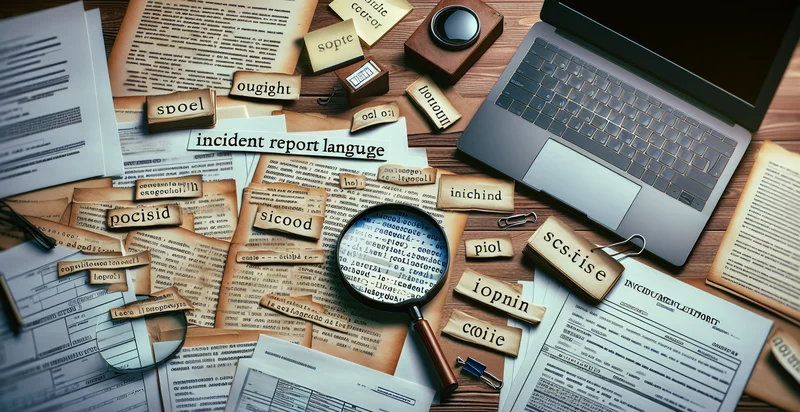Identify language of investigation report
using AI
Below is a free classifier to identify language of investigation report. Just input your text, and our AI will predict the category of the investigation report. - in just seconds.

Contact us for API access
Or, use Nyckel to build highly-accurate custom classifiers in just minutes. No PhD required.
Get started
import nyckel
credentials = nyckel.Credentials("YOUR_CLIENT_ID", "YOUR_CLIENT_SECRET")
nyckel.invoke("language-of-investigation-report", "your_text_here", credentials)
fetch('https://www.nyckel.com/v1/functions/language-of-investigation-report/invoke', {
method: 'POST',
headers: {
'Authorization': 'Bearer ' + 'YOUR_BEARER_TOKEN',
'Content-Type': 'application/json',
},
body: JSON.stringify(
{"data": "your_text_here"}
)
})
.then(response => response.json())
.then(data => console.log(data));
curl -X POST \
-H "Content-Type: application/json" \
-H "Authorization: Bearer YOUR_BEARER_TOKEN" \
-d '{"data": "your_text_here"}' \
https://www.nyckel.com/v1/functions/language-of-investigation-report/invoke
How this classifier works
To start, input the text that you'd like analyzed. Our AI tool will then predict the category of the investigation report..
This pretrained text model uses a Nyckel-created dataset and has 46 labels, including Arabic, Basque, Bengali, Bulgarian, Catalan, Croatian, Czech, Danish, Dutch and English.
We'll also show a confidence score (the higher the number, the more confident the AI model is around the category of the investigation report.).
Whether you're just curious or building language of investigation report detection into your application, we hope our classifier proves helpful.
Related Classifiers
Need to identify language of investigation report at scale?
Get API or Zapier access to this classifier for free. It's perfect for:
- Automated Document Review: Organizations can employ the language of investigation report identifier to streamline the review process of investigation documents. By automatically classifying these reports, stakeholders can quickly identify and assess content relevant to ongoing investigations, improving efficiency and ensuring critical information is readily accessible.
- Compliance Monitoring: Regulatory bodies can utilize this classification function to ensure that investigation reports comply with relevant language and terminology guidelines. By flagging non-compliant reports, organizations can take corrective actions promptly, reducing the risk of legal issues.
- Knowledge Management Systems: Businesses can integrate the language identifier into their knowledge management systems to enhance the categorization of investigation reports. This allows for better archiving, retrieval, and analysis of investigation materials, leading to improved knowledge sharing and decision-making.
- Training and Development: Companies can use the identification feature during employee training programs focused on investigations. By providing examples of correctly classified investigation reports, they can educate staff on language use and enhance their report-writing skills.
- Sentiment Analysis on Reports: The language identifier can facilitate sentiment analysis on investigation reports by categorizing them based on tone and language used. This analysis can help organizations assess the emotional context of reports, which is valuable for understanding stakeholder reactions and adjusting communication strategies accordingly.
- Incident Response Management: In cybersecurity or incident management contexts, the language identifier can assist in classifying investigation reports related to security breaches. This categorization can improve response strategies by clarifying report contents and allowing teams to prioritize actions based on the severity and language of each report.
- Risk Assessment and Mitigation: Financial institutions can use the language of investigation report identifier to evaluate reports linked to fraud or compliance issues. By analyzing the language used in these documents, the institution can better assess potential risks and implement proactive measures to mitigate them effectively.


